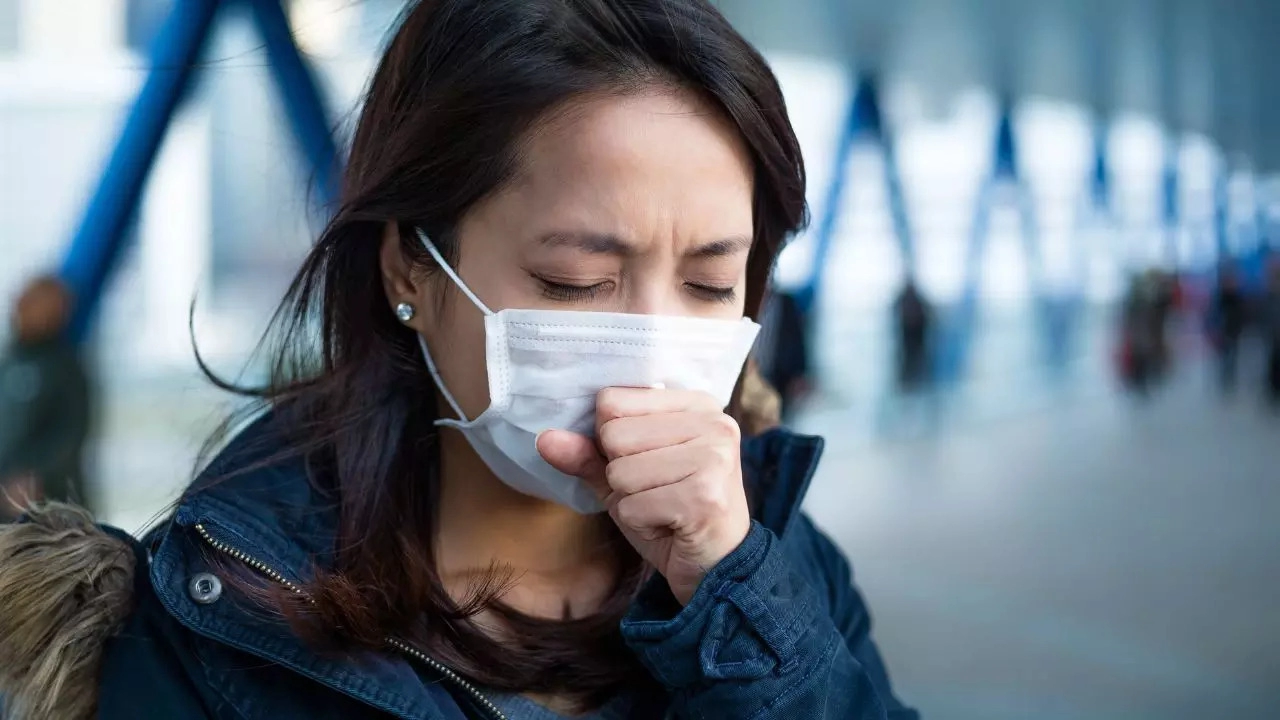Debosmita Ghosh • 04 Oct 2024
Swine Flu: Ludhiana Witnesses Rise in Cases; Symptoms, Causes And Preventive Measures

Spike In Swine Flu Cases In Ludhiana
Ludhiana has reported 26 swine flu cases so far this year, says reports. The health officials of the district have highlighted an early increase in the number of cases of the disease. According to a report in Hindustan Times, district epidemiologist Dr Ramanpreet Kaur said, “Last year, the district logged 33 cases. However, they started surfacing with the onset of winter. This year, the cases started as early as July, which is something not usually seen.
Dr Kaur said that the total number of cases this year might be higher given that 26 cases have already been recorded till early October. She added while there have not been any deaths due to the disease this year, two of the cases are active.
Speaking of the symptoms of Swine Flu, Dr Kaur said, “Fever, cough, sore throat, body aches, headache, chills and fatigue, diarrhoea and difficulty in breathing are some of the main symptoms that develop in patients with swine flu.”
She advised those with such symptoms should see a doctor at earliest. The doctors advised the same precautions as Covid-19. She added, “Cover your mouth when coughing and sneezing, wash your hands with soap before and after touching your eyes, nose, and mouth, avoid crowded places and stay away from those showing symptoms.”
Swine flu which is also known as H1N1 flu is a type of influenza A virus. Mayo Clinic says that during the 2009-10 flu season, a new H1N1 virus began causing illness in humans. It was often called swine flu and was a new combination of influenza viruses that infect pigs, birds and humans. Most people with flu get better on their own. However, complications of the flu can be severe for some people and for people at high risk, it can be fatal.
Symptoms of swine flu
The signs of swine flu are similar to those of other flu viruses. Here, take a look at some of the common signs of flu:
- Fever, but not always
- Chills and sweats
- Cough
- Sore throat
- Runny or stuffy nose
- Aching muscles
- Eye pain
- Body aches
- Watery and red eyes
- Headache
- Tiredness and weakness
- Diarrhoea.
Causes of swine flu
The H1N1 virus infects the cells that line your nose throat and lungs. The virus can spread through air droplets when someone infected with the virus coughs, sneezes, breathes or talks. The virus then enters your body when you breathe the contaminated air droplets. However, you can’t get the flu from eating pork.
Preventive measures for swine flu
The best way to prevent swine flu (H1N1) is to get your annual flu vaccine, says Mayo Clinic. Here, take a look at the other ways to prevent getting and spreading swine flu.
- Cover your nose and mouth with a tissue when you sneeze or cough.
- If you don’t have a tissue, sneeze or cough into your elbow.
- Wash your hands with soap and water.
- Don’t touch your eyes, nose or mouth.
- Avoid people who are sick.
- Stay home if you're sick.
- Don’t share personal items such as cups, straws and utensils.
Get Latest News Live on Times Now along with Breaking News and Top Headlines from Health and around the world.